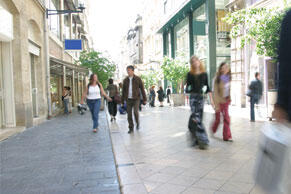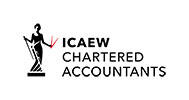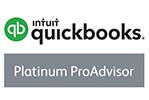VAT increase for some businesses
At the start of the pandemic, the government cut the flat rate scheme percentages for businesses in the hospitality industry. As of 1 October 2021, these rates have increased. Who is affected, and why isn’t it the end of the story just yet?

In broad terms, a business using the flat rate scheme (FRS) charges output tax at the standard rate, but only accounts for it to HMRC at a specified FRS percentage - keeping the difference. But the snag is that they can’t claim input tax on most of their purchases. There are also rules to prevent traders that don’t incur much VAT from benefiting unfairly from the FRS.
Early on in the pandemic the government cut the FRS percentages for accommodation businesses, e.g. hotels, pubs and catering services. However, these cuts were temporary. As of 1 October 2021, each of the three rates has increased, albeit not back to their original level as yet. The rates are now as follows (previous figure in brackets):
- Accommodation businesses 5.5% (0%)
- Pubs 4% (1%)
- Catering services including restaurants and takeaways 8.5% (4.5%).
These percentage rates will apply until 31 March 2022, when it is expected that they will return to their pre-pandemic levels of 10.5%, 6.5% and 12.5% respectively.
Related Topics
-
HMRC checks directors’ loans are paid up
HMRC is writing to agents to check corporation tax returns for previous years are correct as it used to be possible to add a future date for an anticipated loan repayment. What’s the issue and what should you do if your advisor receives a letter?
-
Working from home tax relief scrapped in Budget
Employees who are required to work from home are currently able to claim tax relief at a flat rate of £6 per week. That's changing from 6 April 2026. What's the full story?
-
Government quietly confirms change to key tax deduction
The headlines for individuals at last week's Budget were all about the income tax hikes. But the small print contained confirmation of another important change. What’s the full story?



 This website uses both its own and third-party cookies to analyze our services and navigation on our website in order to improve its contents (analytical purposes: measure visits and sources of web traffic). The legal basis is the consent of the user, except in the case of basic cookies, which are essential to navigate this website.
This website uses both its own and third-party cookies to analyze our services and navigation on our website in order to improve its contents (analytical purposes: measure visits and sources of web traffic). The legal basis is the consent of the user, except in the case of basic cookies, which are essential to navigate this website.